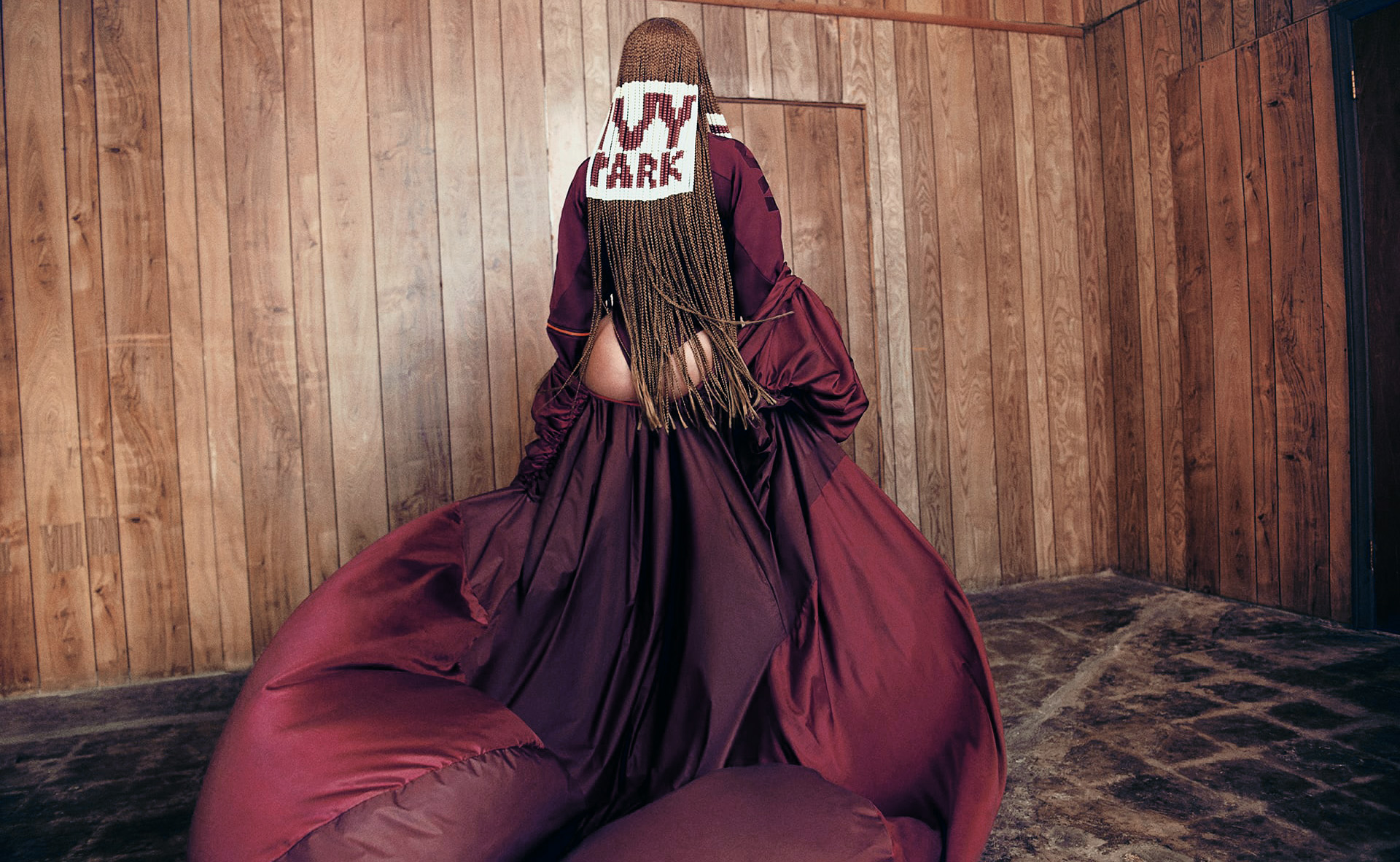Nobody does a stadium show like Beyoncé. Back in 2016, when she was touring Lemonade, she took with her a 60-foot “monolith” to project mountainous videos at her audience – it was so big that some venues had to reduce the size of the audience in order to fit the stage. This time around, for her second On The Run tour with Jay-Z, the dynamic stage feels lighter – but it provides a number of “oh shit!” moments (not only when the couple end their show by dropping a new album, as they did on Saturday June 16 in London).
The stage is mainly constructed of two catwalks, which Bey and Jay use to perform independently of one another; at the end of the show, a giant bridge connects the two, floating over the audience as it does so. More impressive than this is the backdrop of the stage, which is dominated by two giant video screens (each of which, designer Ric Lipson tells me, is the size of “a London street”). At various points in the show, these screens split open, to reveal a four-storey structure, on which figures dance, play instruments, and sometimes create a silhouetted tableau. It’s reminiscent of the thrum of vibrant energy that Bey brought with her to this year’s Coachella performances, where she chose to perform in front of college-style bleachers packed with 120 dancers and instrumentalists, rather than the screens that usually dominate massive arena pop shows.
The show was brought to life by Stufish, a London-based entertainment architectural firm who also worked on the stage that was used for Beychella (as well as having a storied history producing shows for Lady Gaga, Queen, and U2). Dazed spoke to Stufish architect Ric Lipson about how the stage design reflected Beyoncé and Jay-Z’s narrative of forgiveness and reconciliation, why Beyoncé altered the design to accommodate a huge band, and how the show may change as it keeps travelling.































































































































































